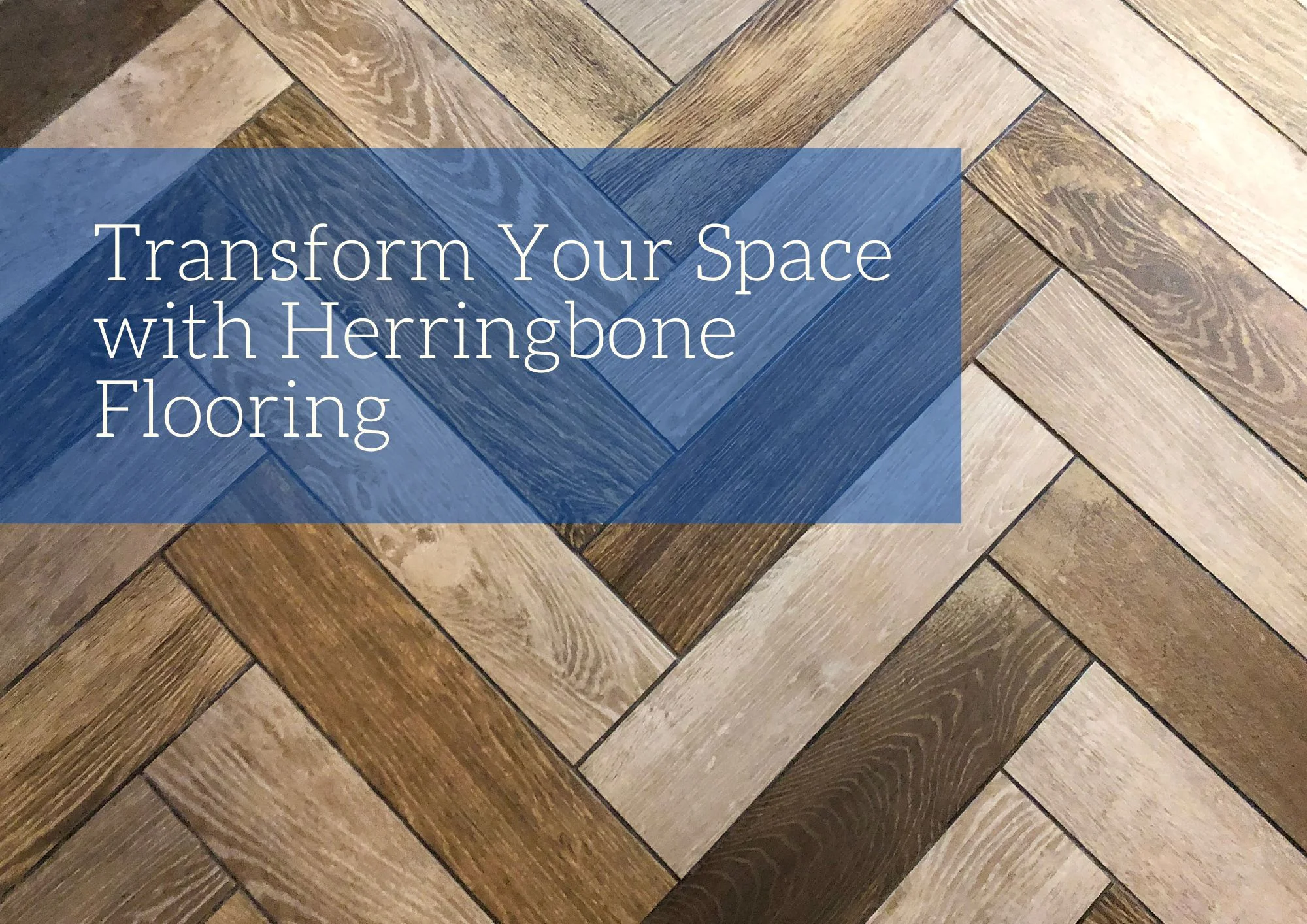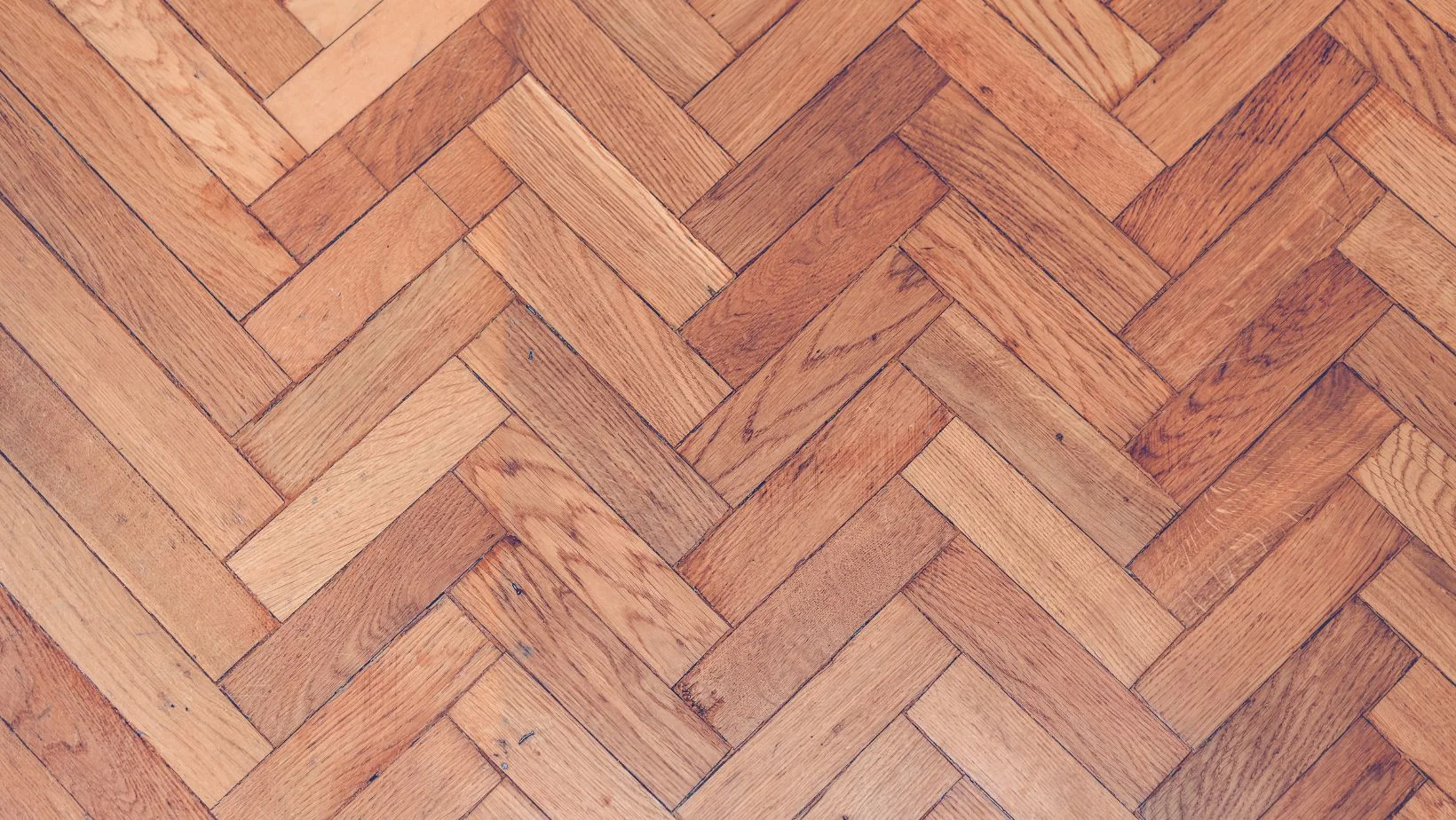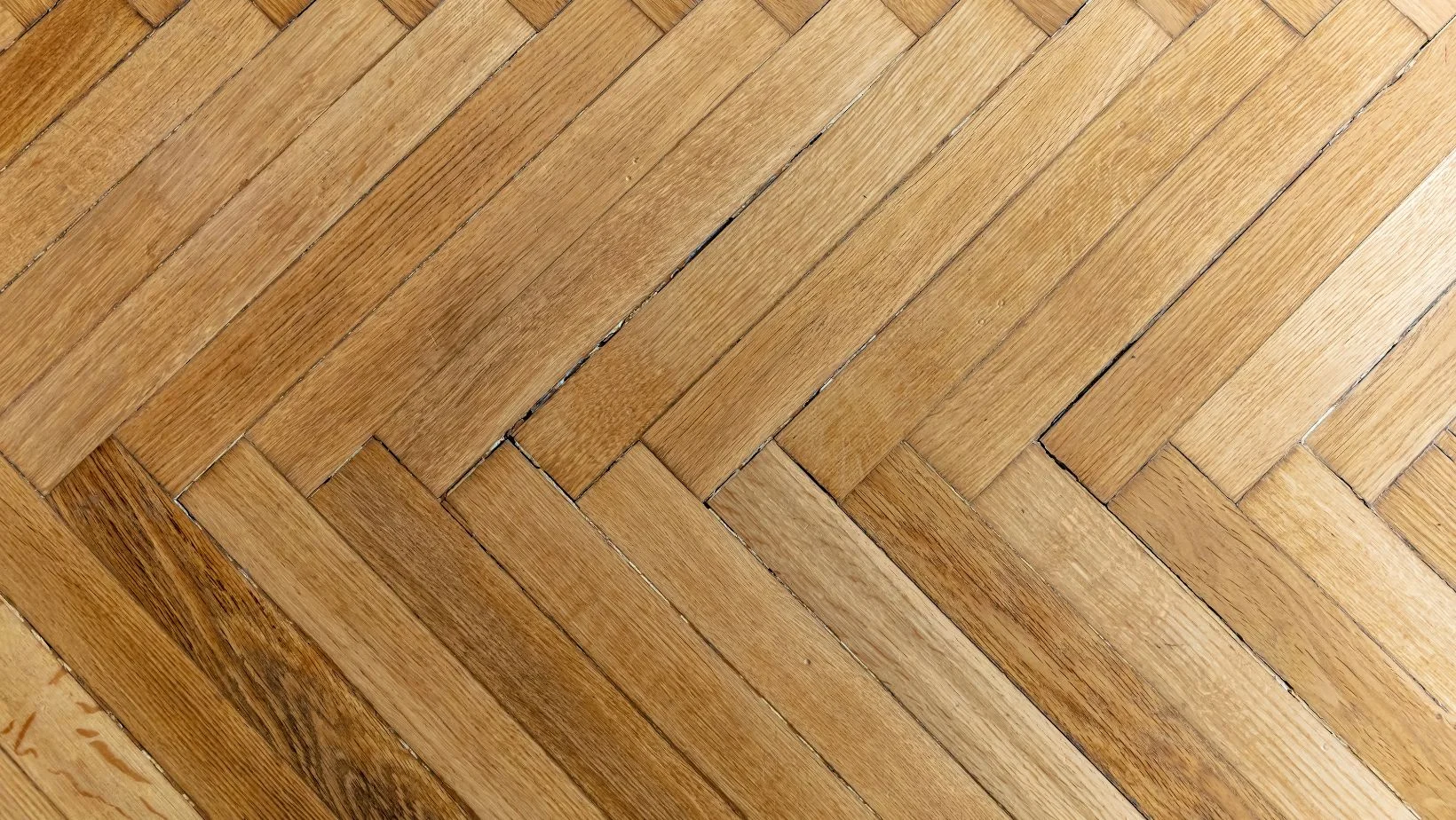In interior design, flooring plays a pivotal role in setting the tone and style of a space. Among the myriad options available, herringbone flooring is a timeless and versatile choice that can truly transform any room. Whether you’re aiming for a classic, rustic, or contemporary look, herringbone flooring offers a unique blend of elegance and character that can breathe new life into your home. Let’s delve into how this distinctive pattern can elevate the aesthetics and ambiance of your space.
What Are Herringbone Floors?
Both herringbone flooring and chevron, its angular counterpart, feature shorter planks arranged in arrow-like patterns. However, they differ in the structure and placement of their joints.
Chevron floors exhibit a symmetrical, arrow-like design formed by cutting the boards at an angle to meet at a central point. This results in a bold, structured appearance. On the other hand, herringbone flooring features boards that end with a staggered 90-degree angle at the junction. This creates a more flexible pattern that elegantly flows across a space.
Installation Considerations
Constructing herringbone flooring involves more considerations than other common orientations. It’s essential to intentionally align the installation for the space with your desired outcomes in mind. Here are some key factors to keep in mind:
- Intentional Design: Think about the room’s focal points and traffic flow. Consider directing the pattern to guide the viewer’s gaze or create a welcoming pathway from the entrance to the center of the house. Herringbone can also be used strategically to expand smaller rooms, making them appear more spacious visually.
- Versatile Layout Options: Herringbone offers versatility in its layout, allowing you to manipulate the perception of space. You can visually elongate the space by aligning the pattern’s “arrows” along the longest stretch of the room. Conversely, positioning the pattern perpendicular to the longest wall can create a sense of width.
- Budget Considerations: It’s important to note that installing herringbone floors typically incurs higher costs than standard, non-patterned flooring. This is due to the additional time and skill required for installation. When planning your project, discuss your budget with your installer and request quotes for both straight and herringbone installations. This will allow you to assess whether the desired floor pattern aligns with your budget constraints.
Design Ideas
Introducing an inlaid herringbone floor in the dining room adds visual intrigue and defines the space without the need for physical barriers. Surrounding the herringbone inlay with straight boards of matching color achieves a cohesive yet subtly delineated aesthetic. Furthermore, herringbone flooring lends itself well to formal settings, such as foyers, dining areas, or workplaces, imparting an air of sophistication and elegance. By integrating this classic pattern, these spaces are elevated with a timeless design element that sets them apart while maintaining a cohesive overall aesthetic.
Herringbone flooring is more than just a design choice—it is a statement of style, sophistication, and timeless elegance. Whether you want to update a single room or renovate your entire home, herringbone flooring can transform your space and create a lasting impression.










